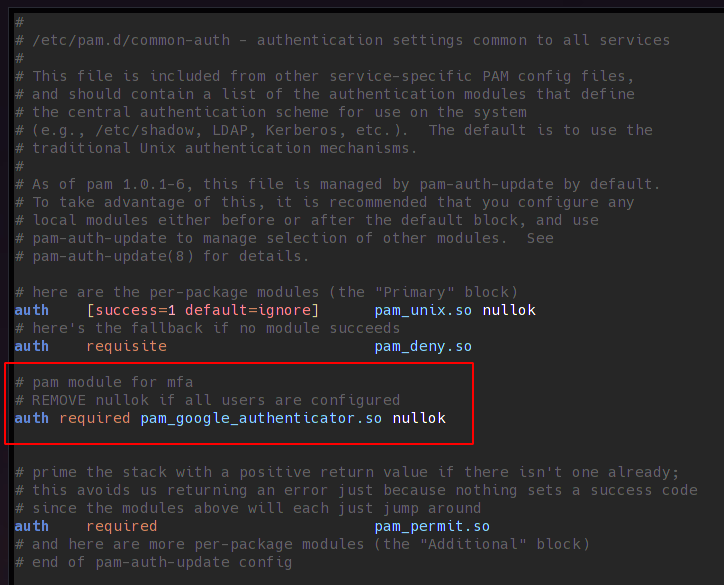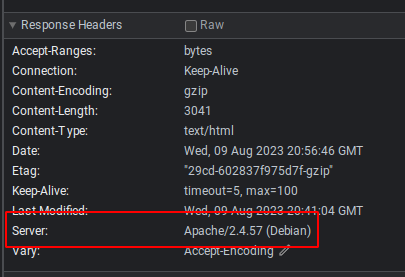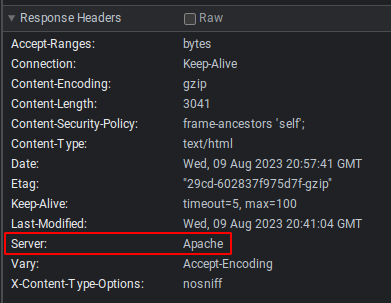Debian 12 : System Härten - Netzwerk
Über Kernelparameter kann die Sicherheit des Systems noch etwas verbessert werden.
Wichtig ist das die Einstellungen zu der eingesetzten Software passen !
Ein OpenVPN Server z.B. würde mit den folgenden Einstellungen nicht laufen. Ein Apache Webserver hingegen schon.
Erstmal legen wir uns ein Backup der Default Config an Ein OpenVPN Server z.B. würde mit den folgenden Einstellungen nicht laufen. Ein Apache Webserver hingegen schon.
sudo sysctl -a > /tmp/default_sysctl.txtdann legt man diese Datei an (sollte sie nicht bereits existieren) /etc/sysctl.d/98_ip.conf und fügt diese Zeilen ein.
net.ipv4.ip_forward=0 net.ipv4.conf.all.send_redirects=0 net.ipv4.conf.default.send_redirects=0 net.ipv4.conf.all.accept_source_route=0 net.ipv4.conf.default.accept_source_route=0 net.ipv4.conf.all.secure_redirects=0 net.ipv4.conf.default.secure_redirects=0 net.ipv4.conf.all.log_martians=1 net.ipv4.conf.default.log_martians=1 net.ipv4.icmp_echo_ignore_broadcasts=1 net.ipv4.icmp_ignore_bogus_error_responses=1 net.ipv4.conf.all.rp_filter=1 net.ipv4.conf.default.rp_filter=1 net.ipv4.tcp_syncookies=1 net.ipv4.conf.all.accept_redirects=0 net.ipv4.conf.default.accept_redirects=0 net.ipv6.conf.all.forwarding=0 net.ipv6.conf.all.accept_source_route=0 net.ipv6.conf.default.accept_source_route=0 net.ipv6.conf.all.accept_redirects=0 net.ipv6.conf.default.accept_redirects=0 net.ipv6.conf.all.accept_ra=1 net.ipv6.conf.default.accept_ra=1Nach einem Neustart werden die Kernelparameter aktiv, wer nicht solange warten möchte kann diese mit
service procps force-reloadsofort einlesen. Hier kann nachgelesen werden was hier überhaupt konfiguriert wurde. ip-sysctl.txt








